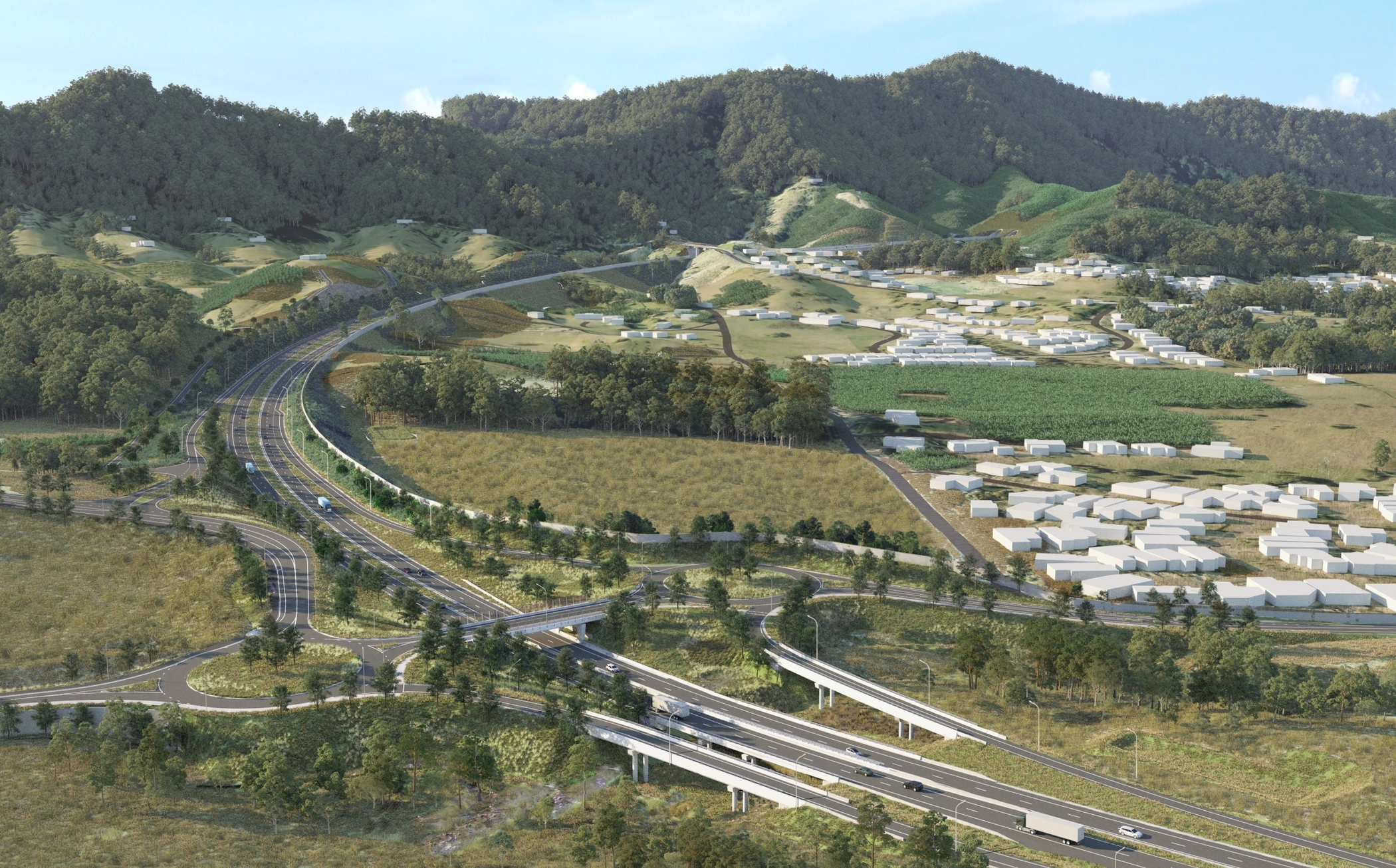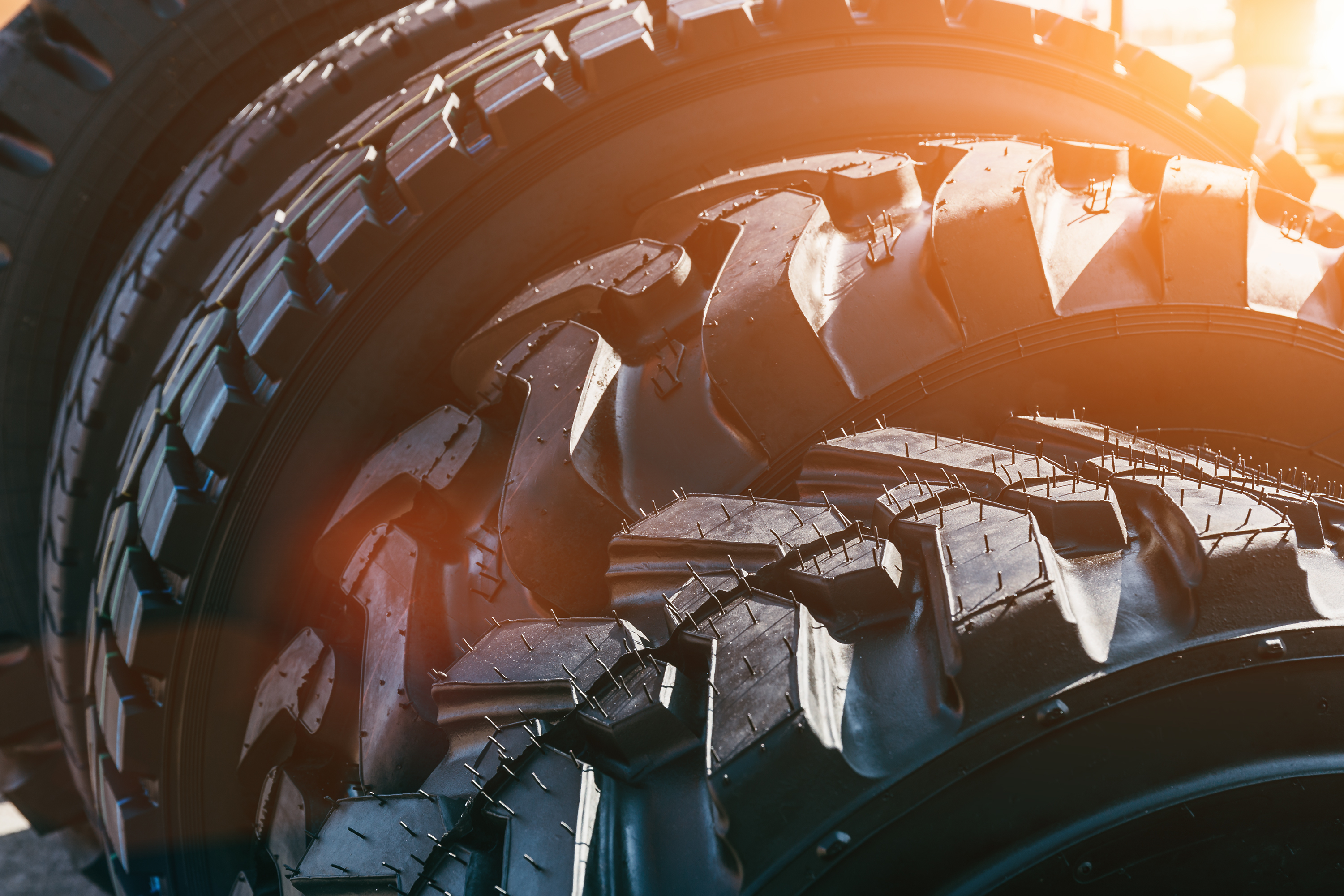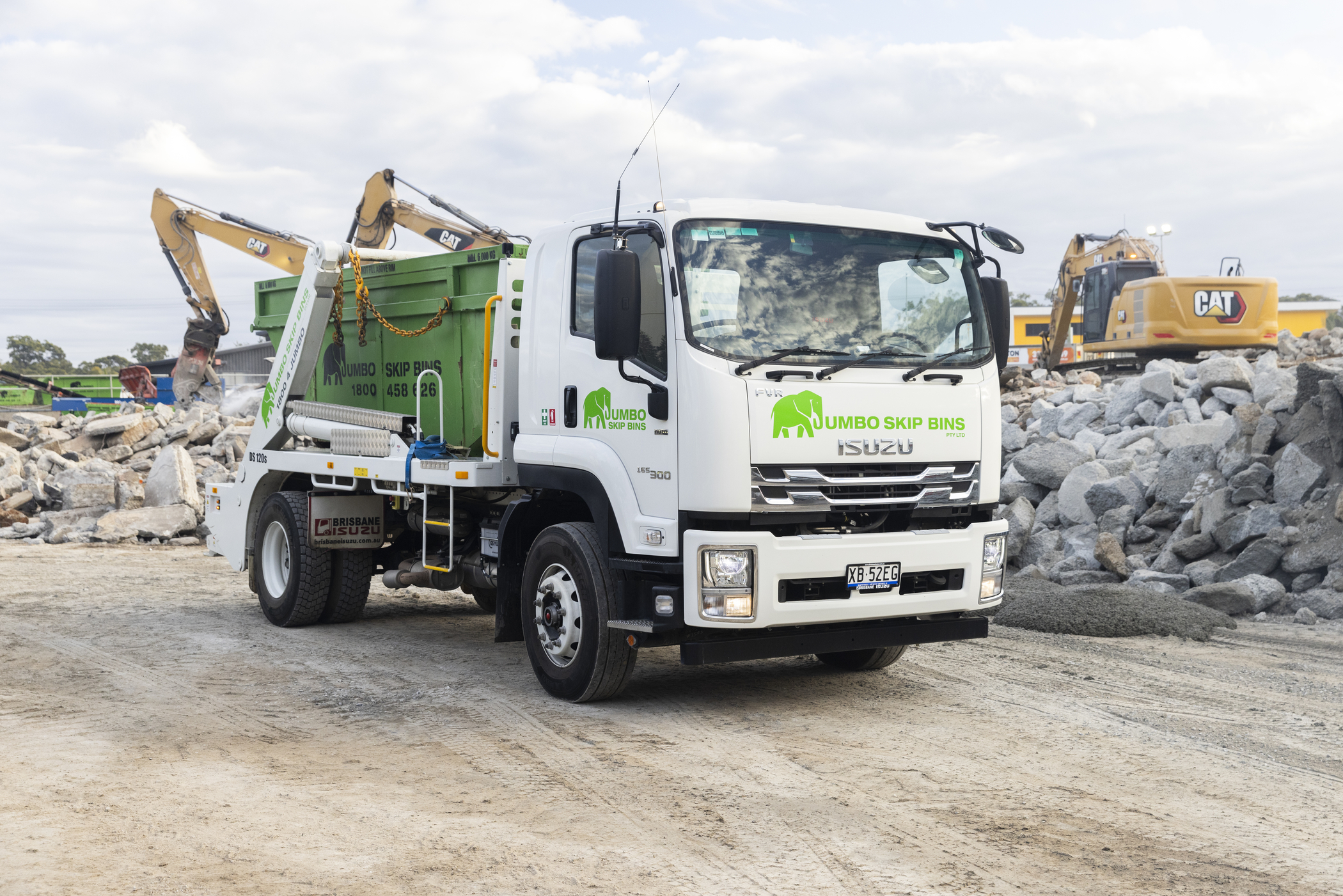BUMPER TO JUMPER: HOW TO AVOID A KANGAROO COLLISION
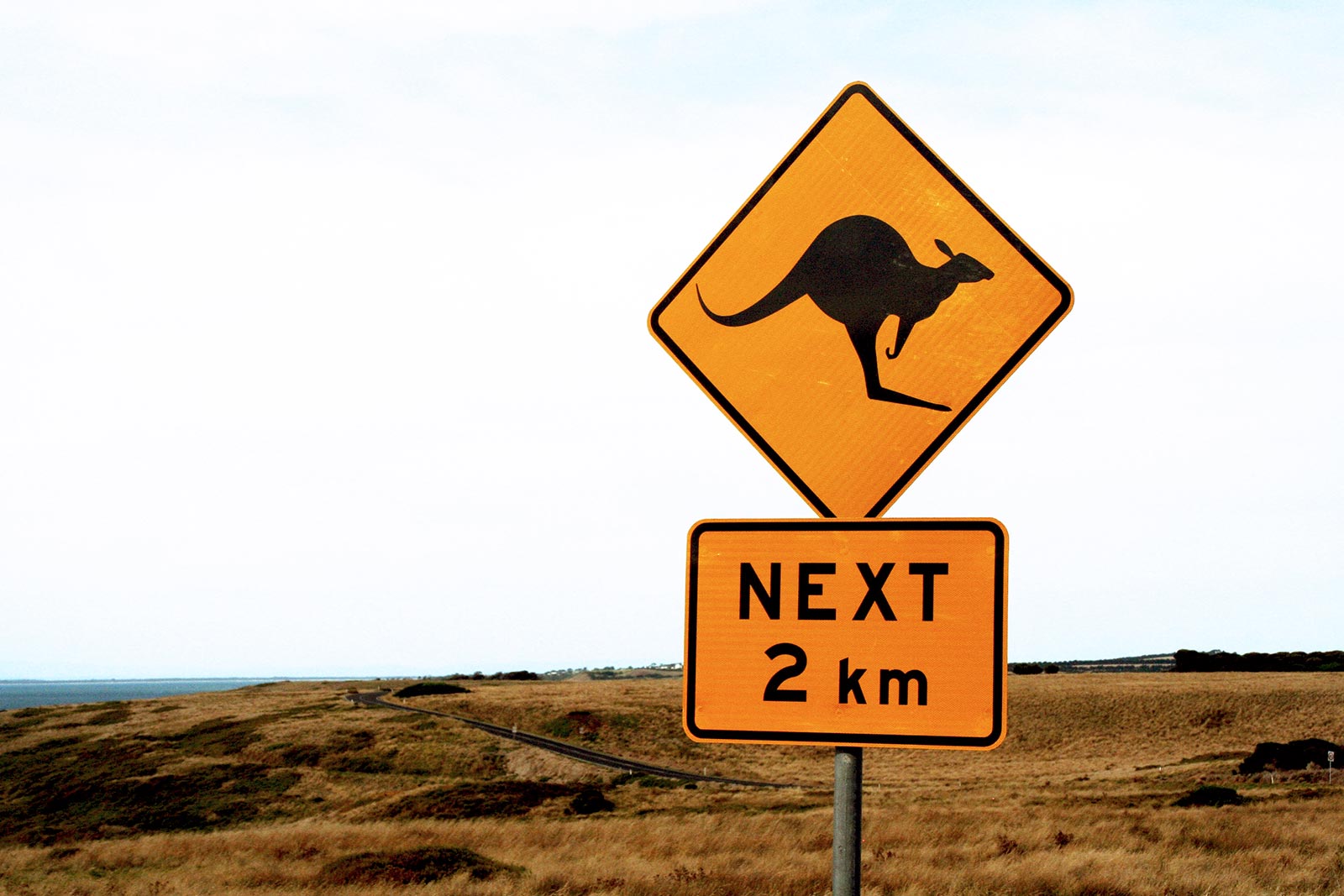
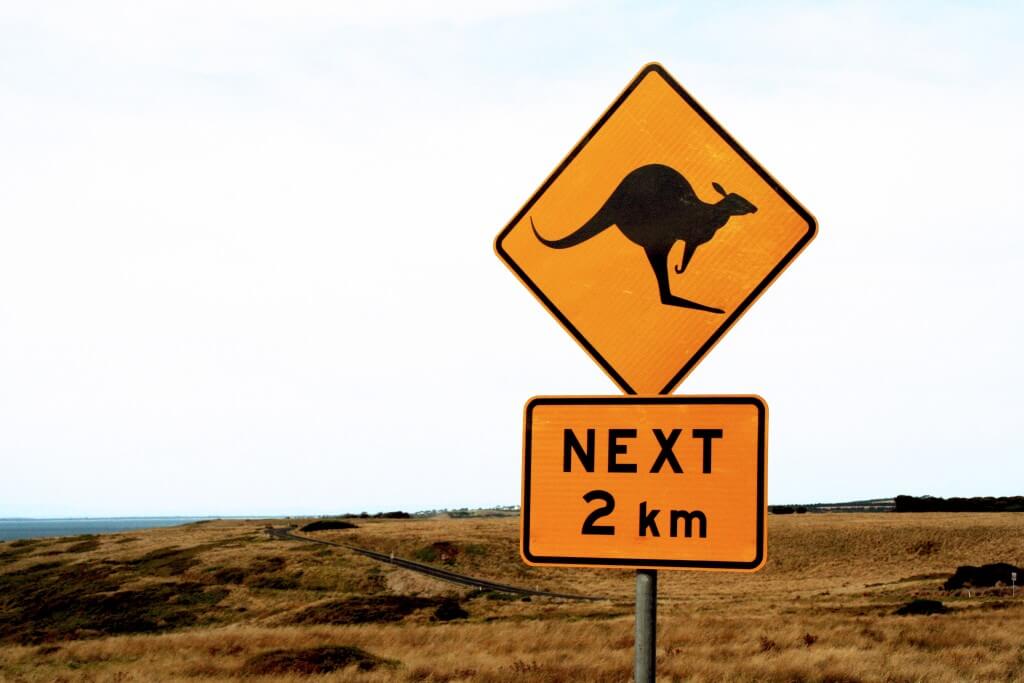 Anyone who grew up taking road trips around Australia became familiar with roadkill at a young age.
But it’s easy to forget that for every unfortunate bit of fauna, there’s a busted headlight, dented bonnet or much worse.
In 2014, RACV Insurance paid out $20 million for animal collisions in Victoria alone, with an average claim of $4,481.
A study by National Transport Insurance’s National Truck Accident Research Centre found animal strikes were the second highest cause of single vehicle truck crashes between 2011 and 2015, accounting for 14 per cent of incidents.
Animals are also implicated in five to six per cent of Australia’s total reported vehicle accidents, and it’s thought the number of actual crashes is higher.
Below, we look at the toll these collisions take and some strategies that can be employed to avoid them.
Anyone who grew up taking road trips around Australia became familiar with roadkill at a young age.
But it’s easy to forget that for every unfortunate bit of fauna, there’s a busted headlight, dented bonnet or much worse.
In 2014, RACV Insurance paid out $20 million for animal collisions in Victoria alone, with an average claim of $4,481.
A study by National Transport Insurance’s National Truck Accident Research Centre found animal strikes were the second highest cause of single vehicle truck crashes between 2011 and 2015, accounting for 14 per cent of incidents.
Animals are also implicated in five to six per cent of Australia’s total reported vehicle accidents, and it’s thought the number of actual crashes is higher.
Below, we look at the toll these collisions take and some strategies that can be employed to avoid them.
Captain Kangaroo
It’s no surprise that kangaroos are by far the most likely animal you’ll see bloated on the bitumen. In addition to propping up our coat of arms and providing school transport (as we’ll tell any foreigner), roos were implicated in eighty per cent of animal-related vehicle incidents in New South Wales in 2015, according to the NRMA. There are many reasons that kangaroos are at the top of the hit list:- Their large wild population
- The fact they move around at dawn, dusk and night, when they’re hardest to see
- Their fondness for roadside puddles and nature strips that haven’t been grazed by livestock
- Their unfortunate instinct to dart erratically or freeze when faced with oncoming headlights
Skipping the Smushed Kangaroo
Unfortunately, most of the recommended techniques for avoiding animal collisions are impractical or inapplicable for anyone who drives a truck as part of their business. Staying off the roads at dawn and dusk, or having a passenger act as roo-spotter, isn’t possible for anyone who drives alone and on a deadline. This is especially unfortunate since a truck’s larger size, reduced manoeuvrability and increased stopping distance make it harder to avoid any rogue animals. What you can do is drive more cautiously during the twilight hours and stay conscious of the fact that, if you’ve seen one kangaroo, it’s likely there are more nearby you haven’t seen. There are various anti-animal devices available – including sonic emitters and road surface odour repellents – and Volvo claims its automatic braking will eventually be able to sense a kangaroo, but these technologies are either unproven or years away. Governments and road authorities also pour money into building fences, highway lighting, roadside reflectors and underpasses that as yet provide only moderate success.Kangaroo Caught
Coming upon an animal in your path can be a shock and, while the appropriate reactions seem obvious in hindsight, handling the situation behind the wheel requires a cool head.- Don’t swerve Most severe crashes involving an animal occur when the driver veers off the road, and hits something else instead. What’s more, the animal is just as likely to flee in the direction you’re steering.
- Brake in a straight line The only thing worse than swerving, is swerving with locked up tyres. Keeping a straight-line trajectory while you hit the brakes will allow you to reduce speed quickly, then – if the animal still hasn’t moved and you’ve reached a safe speed – you can steer around.
- Drop your high beams Headlights on high beam will only blind the animal, causing it to freeze up or worse (warning: link contains coarse language).
- Use your horn This may scare the animal off. However, if a crash is imminent, keep your hand away from the horn as a deploying airbag can break your arm and/or send it flying into your face!
The Aftermath
Sadly, anything that doesn’t immediately run or hop away after a collision is unlikely to survive. After you’ve ensured you and any passengers are fine, you’ll have to call the police or a wildlife carer organisation to euthanise the animal. The RSPCA has a state by state contact list for reporting injured wildlife, and all motor vehicle accidents should be reported to the local police regardless. If the animal is dead, it’s also important to clear it far enough off the road that it won’t cause future accidents. Always stay cautious and drive safe. You can better your odds with an Isuzu bullbar, find out more about Isuzu truck accessories here.


Playtime’s over, get $3,500* to spend on extras.
If you’re ready to get serious about tackling bigger jobs, grab yourself an NLR 45-150 AMT SWB Traypack from the Ready-to-Work range for $62,990 drive away*. And to prove we aren’t playing, buy any NLR Traypack before June 30 and you’ll get $3,500* to spend on genuine accessories or an Essentials service agreement.
Learn more

